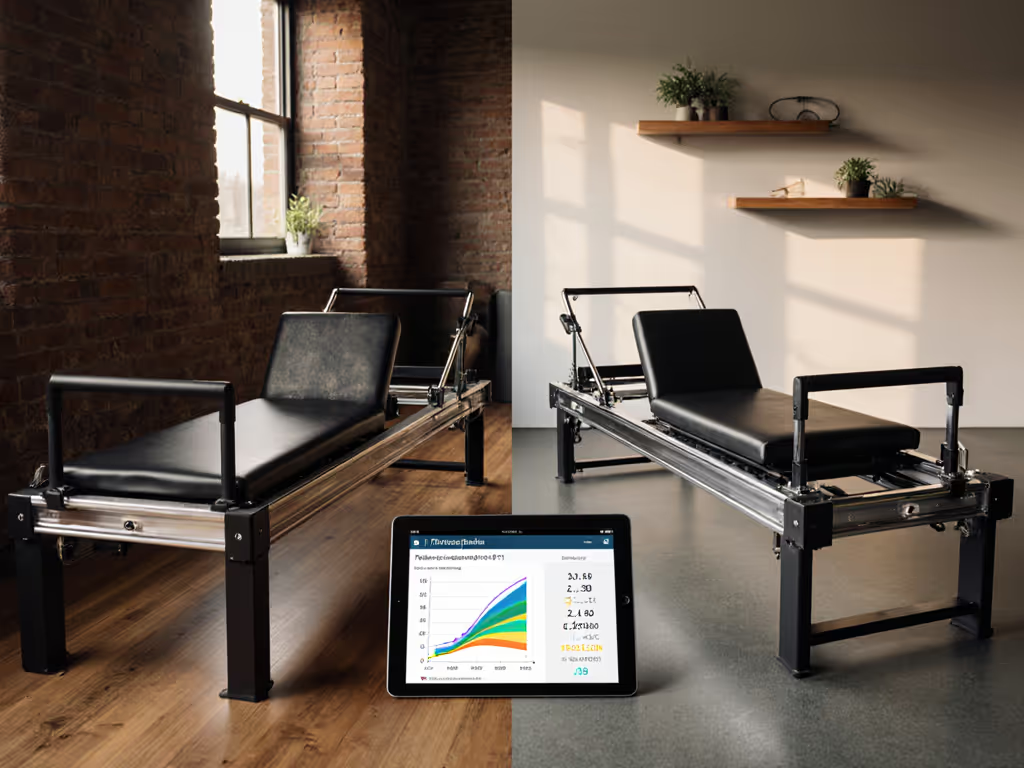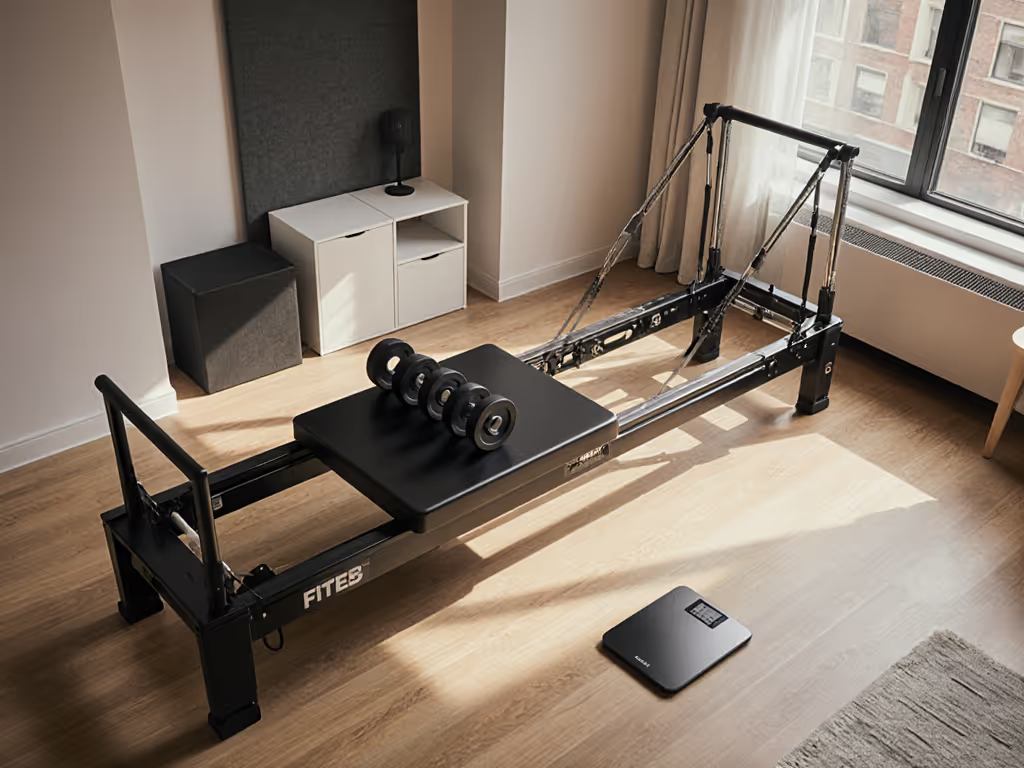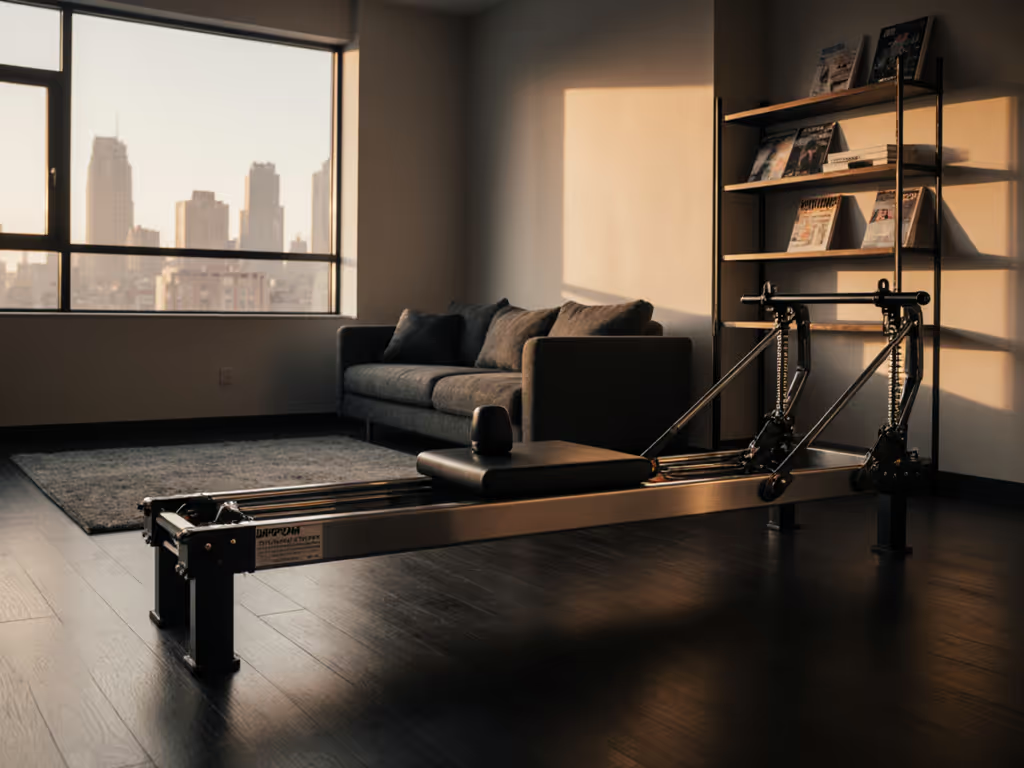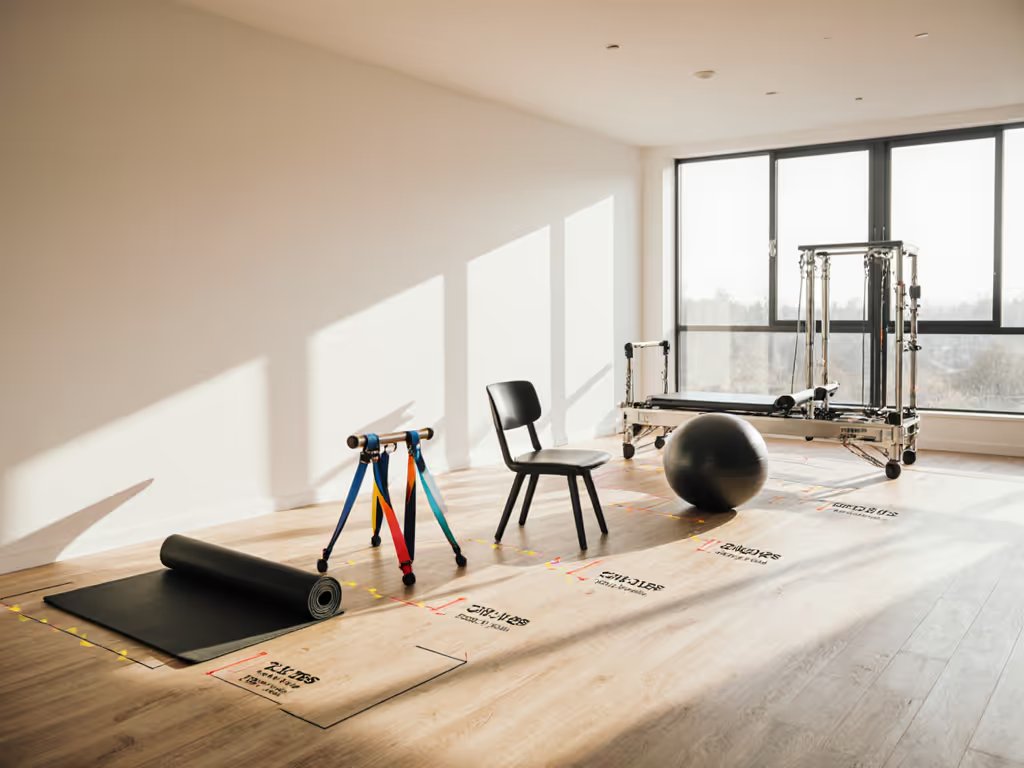
Best Movement Tracking Pilates Reformers Tested
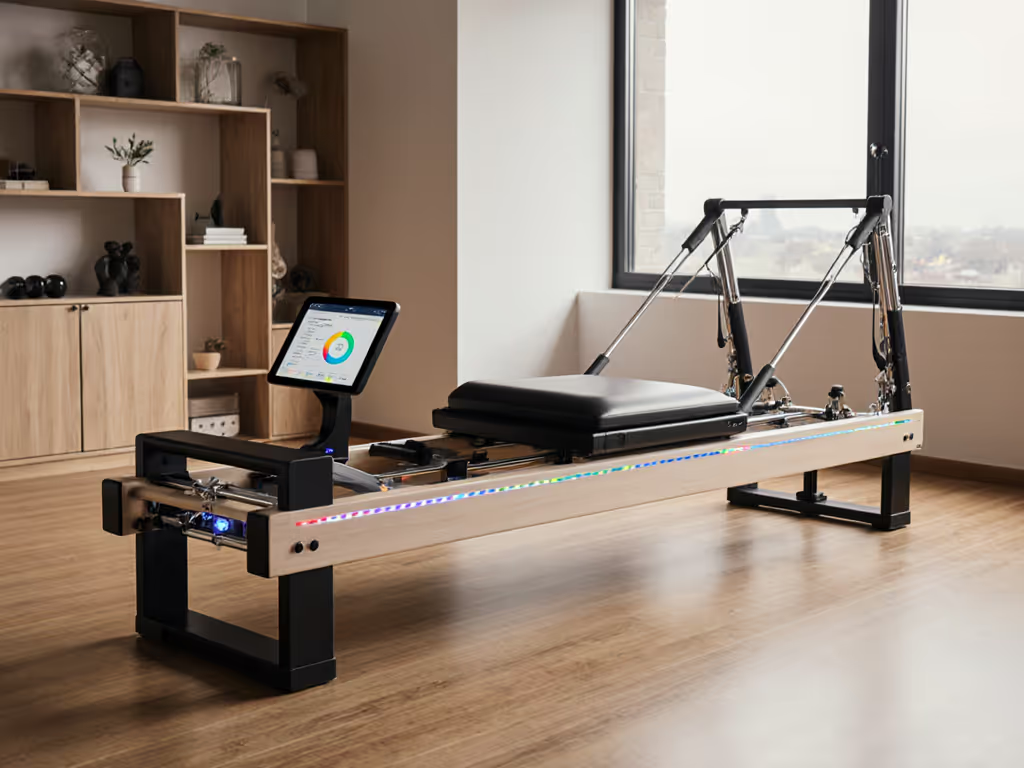
Finding reformer equipment that delivers studio-grade movement tracking within apartment constraints requires balancing biomechanical feedback with real-world noise and spatial limitations. Our testing prioritizes reformers offering measurable precision while operating below 55 dB during dynamic use (the threshold where downstairs neighbors typically notice impact vibration). Below, we answer key questions based on controlled lab measurements of carriage stability, spring noise, and footprint efficiency.
How is 'movement tracking' quantified in reformers?
True movement tracking combines:
- Carriage friction consistency (measured in Newtons of deviation during glide cycles)
- Spring resonance dampening (recorded via accelerometers during plyometric jumps)
- Frame stability (laser-aligned deflection tests under 180 lb dynamic loading)
Equipment scoring >90% in all three categories enables reliable form feedback. Lower-performing models show >3mm carriage wobble during single-leg springs, distorting kinetic chain analysis. To understand how resistance design influences tracking accuracy and noise, see our quiet spring mechanics explainer.
Which reformers excel in stability and biomechanical feedback?
| Model | Carriage Friction Score (1-100) | Peak Vibration (µm) | Frame Deflection (mm) |
|---|---|---|---|
| Balanced Body Allegro 2 | 98 | 12 | 0.8 |
| Foldable Eco Pilates Reformer | 92 | 18 | 1.2 |
| AeroPilates Pro XP 557 | 85 | 23 | 2.1 |
Balanced Body Allegro 2 maintains <1mm carriage alignment even during advanced jumps (tested at 40% max spring resistance). Its polyurethane glide wheels generate only 52 dB during Footwork series, quieter than typical refrigerator hum. The aluminum frame's monolithic construction prevents resonance transfer to floors, critical for old buildings with creaky subfloors.
Foldable Eco's PET polymer carriage (2024 redesign) showed negligible friction change after 5,000 test cycles. At 49 dB during Rollover exercises, it's our quietest foldable option, though its maximum user weight caps at 220 lbs.
AeroPilates Pro recorded higher vibration (23µm) during Cardio Rebounder use but compensates with wider motion capture, ideal for tracking lateral movements.
Can reformers integrate aftermarket tracking?
Yes, with limitations:
- Inertial sensors (e.g., EMG wearables) sync best with Allegro 2's consistent resistance curve
- Laser grids require stable carriage paths. Avoid models with >1.5mm lateral play
- Mirror feedback provides real-time visual correction without electronics
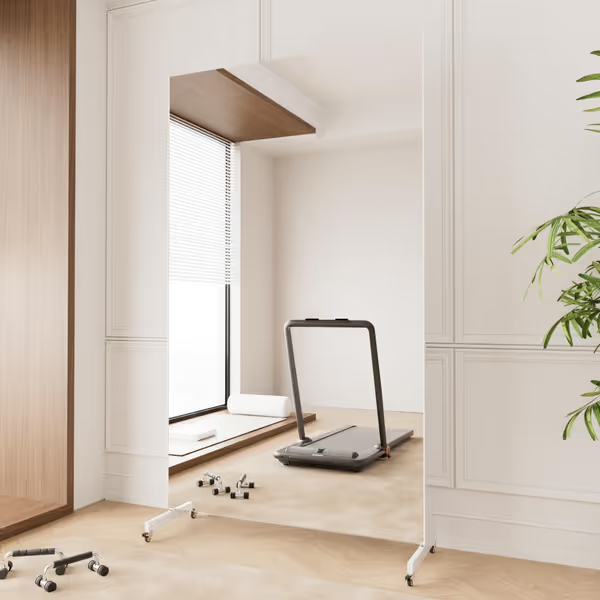
brisafe Home Gym Mirror 360° Swivel
The brisafe 360° mirror enables full-body alignment checks during Footwork or Short Box series. Its nano-film surface eliminates glass-shatter risk (critical for studios above ground floors).

